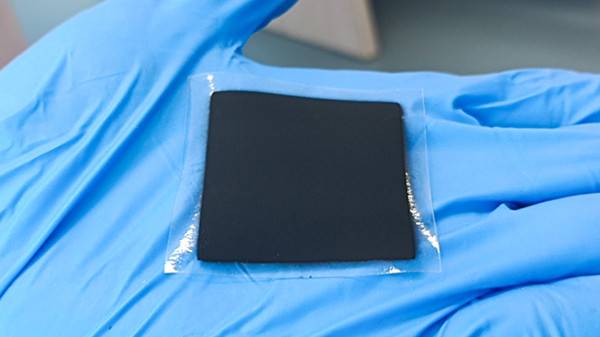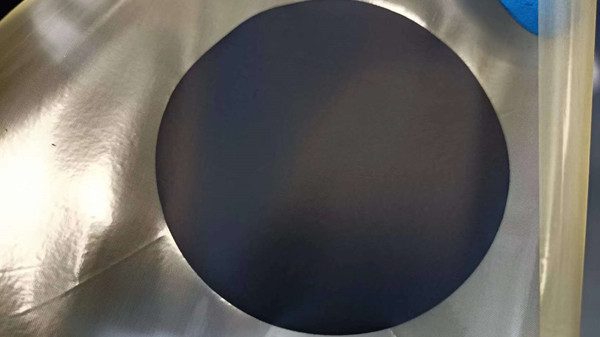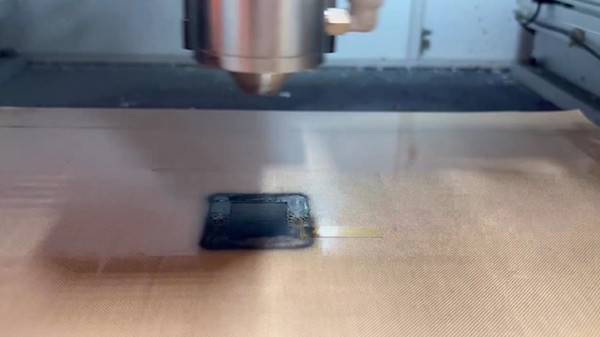Analysis of AEM Water Electrolysis Hydrogen Production
At a time when the global demand for clean energy continues to grow, water electrolysis hydrogen production technology, as an important way to obtain high-purity hydrogen, has attracted much attention. Among them, AEM electrolyzer technology has gradually emerged with its unique advantages and has become the focus of the industry.
AEM electrolyzer technology analysis
AEM electrolyzer is a relatively new technology. Its principle is essentially related to AE (alkaline electrolysis), but it is unique in the way OH⁻ is transferred. It cleverly uses solid polymer electrolytes to achieve the conduction of hydroxide ions from cathode to anode. Compared with PEM electrolyzers, AEM electrolyzers show significant raw material adaptability advantages and can operate stably in raw water with lower purity. This modularly designed AEM electrolyzer not only has excellent responsiveness to intermittent renewable energy, but also has built-in redundancy to ensure the stable operation of the system. At the same time, it has good scalability and can flexibly adjust the scale according to actual needs.
From a material perspective, the outstanding feature of AEM electrolyzers is that non-precious metal catalysts can be used and the range of membrane materials is wider. This feature gives it a great advantage in terms of material cost, and is expected to significantly reduce the cost of hydrogen production, thus attracting the attention of many researchers and enterprises.
Challenges faced by AEM electrolyzers
Although the prospects of AEM electrolyzers are bright, they still face many severe challenges in the actual development process. In a highly alkaline environment, the stability of the membrane and electrolyte needs to be solved urgently. Due to the shortcomings of AEM (membrane) in chemical and mechanical stability, its life fluctuates greatly and it is difficult to achieve the expected performance standards. In-depth research found that low membrane conductivity, suboptimal electrode design and slow catalyst kinetics are the key factors causing these problems.
To improve the performance of AEM electrolyzers, researchers have tried a variety of methods, such as adjusting membrane conductivity or introducing auxiliary electrolytes. However, these measures often affect the durability of the electrolyzer to a certain extent, forming a contradiction between performance and durability. In addition, compared with protons in PEM, hydroxide ions (OH⁻) themselves have a lower conductivity, which requires AEM to either use thinner membranes or develop membranes with higher charge density, which undoubtedly increases the difficulty of technical research and development.
At the same time, the immaturity of AEM technology is also reflected in the lack of information related to high-voltage differential operation. At present, although AEM electrolyzers share some design principles with PEM electrolyzers, there are still many unknowns to be explored in terms of high-voltage differential operation. In addition, compared with PEM electrolyzers, the current input power range of AEM electrolyzers is narrower, and it is not the electrolyzer itself that limits its power range, but the size of the equipment BOP.
Cheersonic ultrasonic spraying technology helps the development of AEM electrolyzers
In the journey of AEM electrolyzer technology breakthroughs, Cheersonic ultrasonic spraying technology plays an important role and provides new ideas and methods for solving many problems.
(I) Optimizing membrane performance
In the preparation process of AEM membranes, Cheersonic ultrasonic spraying technology has significant advantages. When traditional methods incorporate functional additives into membrane materials, it is often difficult to ensure the uniform distribution of additives, which affects the overall performance of the membrane. The Cheersonic ultrasonic spraying technology uses the high-frequency vibration of ultrasound to atomize the functional material slurry into extremely small and uniform droplets, which are precisely sprayed on or inside the membrane material. By precisely controlling the spraying parameters, the additives can be evenly dispersed, effectively improving the conductivity of the membrane. For example, nanomaterials with high ion conductivity are evenly sprayed into the membrane, which significantly enhances the conduction efficiency of hydroxide ions without affecting the mechanical stability of the membrane. At the same time, the technology can also form a uniform protective layer on the membrane surface, improve the chemical stability of the membrane in a highly alkaline environment, and extend the service life of the membrane.
(II) Improving electrode quality
For the electrode preparation of AEM electrolyzers, the Cheersonic ultrasonic spraying technology also performs well. When coating the catalyst on the electrode surface, the technology can evenly spray the catalyst slurry on the electrode substrate. Traditional coating methods are prone to catalyst agglomeration or uneven distribution, resulting in reduced electrode catalytic activity. The Cheersonic ultrasonic spraying technology atomizes the catalyst slurry so that it is evenly covered on the electrode surface, greatly improving the utilization rate of the catalyst and enhancing the catalytic activity of the electrode. In addition, this technology can make the catalyst and the electrode substrate more closely combined, improve the stability of the electrode under complex working conditions, and effectively improve the performance problems caused by poor electrode design and slow catalyst kinetics.
(III) Improve gas and water interface management
In the AEM electrolyzer, effective management of the gas and water interface is crucial. Cheersonic ultrasonic spraying technology can spray a special functional coating at the interface between the electrode and the membrane to optimize the transmission path of gas and water. This coating can promote the rapid discharge of gas, reduce the adhesion of bubbles on the electrode surface, reduce mass transfer resistance, and improve electrolysis efficiency. At the same time, it can also improve the distribution of water in the membrane electrode assembly, ensure the stability of the electrolysis process, and alleviate the performance degradation caused by poor management of the gas and water interface.
(IV) Assist in large-scale production
From a production perspective, Cheersonic ultrasonic spraying technology is efficient and precise. In the large-scale production process of AEM electrolyzer components, it can achieve fast and uniform spraying operations, greatly improving production efficiency. Moreover, this technology has a high utilization rate of materials, which can reduce material waste in the production process and reduce production costs. Its stable spraying effect ensures the consistency of the quality of each batch of products, providing strong support for the large-scale promotion of AEM electrolyzers.
Prospects of AEM electrolyzers
Although AEM electrolyzers are currently facing many challenges, with the continuous innovation and development of technology, especially with the help of advanced processes such as Cheersonic ultrasonic spraying technology, its future prospects are still very broad. It is expected that in the near future, the robustness of AEM membranes will be significantly improved, the purity of production gas will be further improved, the ability to withstand high pressure difference will also be enhanced, and the power range is expected to be greatly expanded, breaking through the existing limitations. With its inherent advantages such as strong raw material adaptability and low material cost, AEM electrolyzers will surely shine in the field of hydrogen production by electrolysis of water once the current technical difficulties are overcome, injecting strong impetus into the development of global clean energy and promoting the transformation of energy structure to a cleaner and more sustainable direction.
About Cheersonic
Cheersonic is the leading developer and manufacturer of ultrasonic coating systems for applying precise, thin film coatings to protect, strengthen or smooth surfaces on parts and components for the microelectronics/electronics, alternative energy, medical and industrial markets, including specialized glass applications in construction and automotive.
Our coating solutions are environmentally-friendly, efficient and highly reliable, and enable dramatic reductions in overspray, savings in raw material, water and energy usage and provide improved process repeatability, transfer efficiency, high uniformity and reduced emissions.
Chinese Website: Cheersonic Provides Professional Coating Solutions




